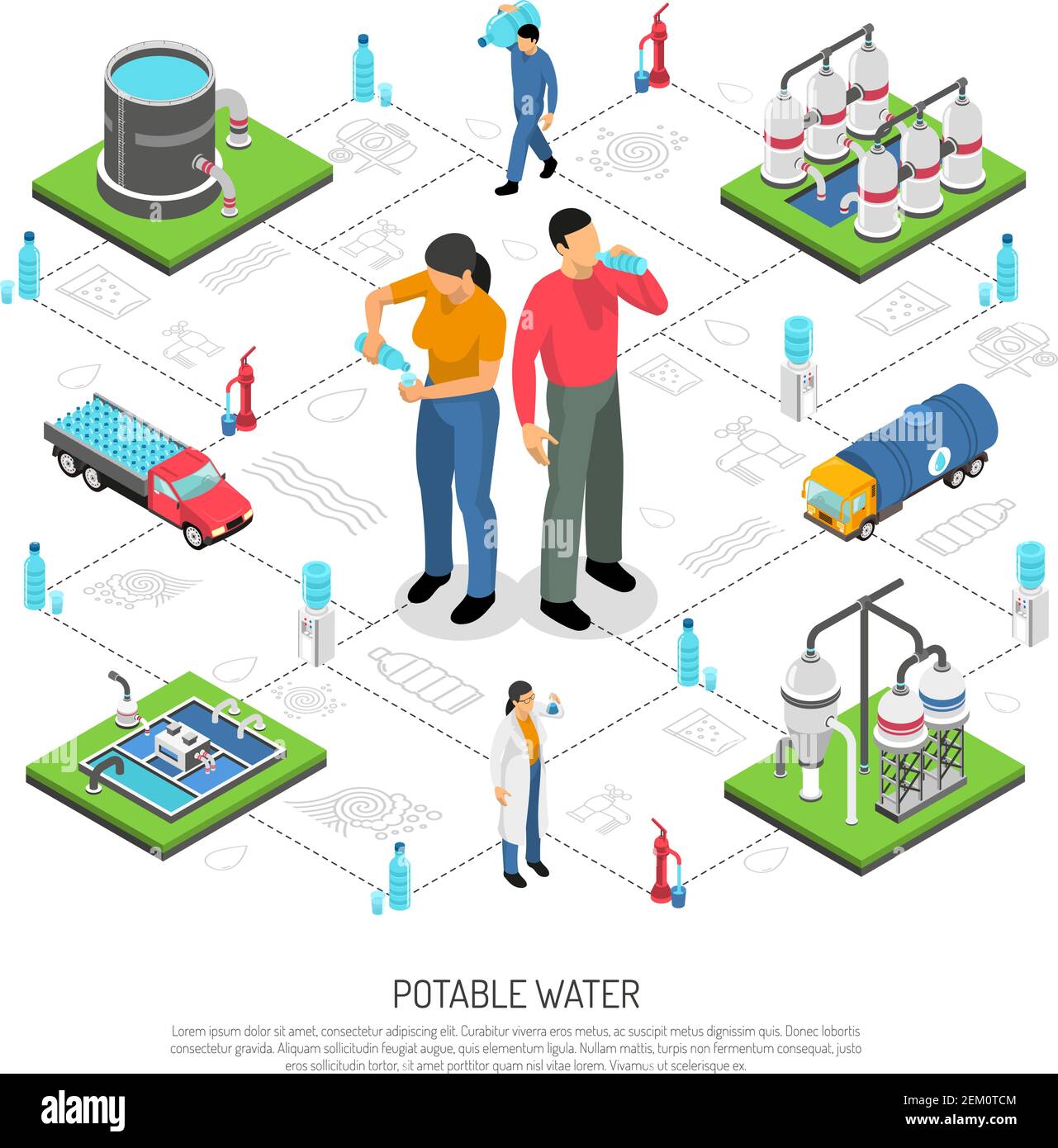The Ultimate Guide To Residential Water Treatment System
Table of ContentsGet This Report on Residential Water Treatment SystemResidential Water Treatment System Fundamentals ExplainedThe 8-Second Trick For Residential Water Treatment System4 Easy Facts About Residential Water Treatment System Shown
1 The demand for large water treatment, Water therapy is the process of eliminating all those materials, whether biological, chemical or physical, that are possibly unsafe in water supply for human and residential usage. Water likewise needs to be non-corrosive, indicating it will certainly not create damages to pipework.This produces a demand for huge volumes of secure water to be supplied accurately as well as continually, and this demand is growing. As metropolitan populations raise, there is a need to find brand-new resources to satisfy the growing demand. If groundwater is readily available this can often be used with minimal treatment but any type of surface area water source will certainly require to be dealt with to make it risk-free.
6 explains exactly how this computation is made yet initially you will certainly look at the major stages in the water therapy process. 2) in large water treatment for urban community water supply (Abayneh, 2004).

Residential Water Treatment System Things To Know Before You Get This
Below the water is delicately stirred by paddles in a flocculation basin (Figure 5. 5) and the flocs enter call with each other to develop larger flocs. The flocculation basin usually has a number of compartments with decreasing blending rates as the water breakthroughs via the basin (Number 5.
6(b)) for several hrs for sedimentation to occur. The material built up at the base of the storage tank is called sludge; this is removed for disposal. 5.2. 5 Filtration, Filtration is the process where solids are separated from a fluid. In water treatment, the solids that are not divided out in the sedimentation container are removed by passing the water with beds of sand and also crushed rock.
7), with a flow rate of 48 cubic metres per square metre of filter surface area per hr (this is written as 48 m3 m2 h1) are frequently utilized. When the filters are full of caught solids, they are backwashed. In this procedure, tidy water and also air are pumped in reverse up the filter to remove the entraped pollutants, as well as the water carrying the dust (described as backwash) is pumped right into the sewage system, if there is one.
6 Chlorination, After sedimentation, the water is sanitized to remove any type of staying pathogenic micro-organisms. The most frequently utilized anti-bacterial (the chemical made use of for disinfection) is chlorine, in the form of a liquid (such as salt hypochlorite, Na, OCl) or a gas.
The 9-Second Trick For Residential Water Treatment System
The quantity of chlorine left after this is called residual chlorine. This remains in the water completely via the circulation system, protecting it from any type of micro-organisms that may enter it, until the water gets to the customers. World Health Company Standards (THAT, 2003) recommend an optimum pop over to these guys residual chlorine of 5 mg l1 of water.

7 Auxiliary treatment, Supplemental therapy may often be needed for the benefit of the population. One such circumstances is the fluoridation of water, where fluoride is contributed to water. It has actually been stated by the World Health Organization that 'fluoridation of water supplies, where possible, is one of the most effective public wellness step for the prevention of oral degeneration' (THAT, 2001).

Indicators on Residential Water Treatment System You Should Know
5 mg l1. What does excess fluoride in the water cause? As pointed out in Study Session 2, in kids it can cause bespeckling of teeth and also prolonged exposure can create skeletal fluorosis and also debilitating. In such high-fluoride locations, elimination or reduction of fluoride (termed defluoridation) is crucial. The easiest method of doing this is to mix the high-fluoride water with water that has no (or extremely little) fluoride to official statement ensure that the final mix is risk-free - residential water treatment system.
The 2 chemicals are included to and also rapidly mixed with the fluoride-contaminated water as well as then the water is mixed carefully. 5.3 Management of wastes from water treatment plants, From the water therapy procedure that you have just studied, make a list of the various wastes that emerge.
In the last it is added to the inbound sewer, where it can assist settlement of solids. The backwash from the sand filter is discharged into the drain or returned to the river after settlement of solids. Packaging waste such as chemical drums can be returned to the supplier for reuse.
5.4 Sustainability and resilience in water therapy, In Research study Session 4 you check out some elements that can influence the sustainability of important link a water resource. Lowering dirt disintegration by planting trees and preserving plants can lower the quantity of silt that builds up in a reservoir and extend its life. residential water treatment system.